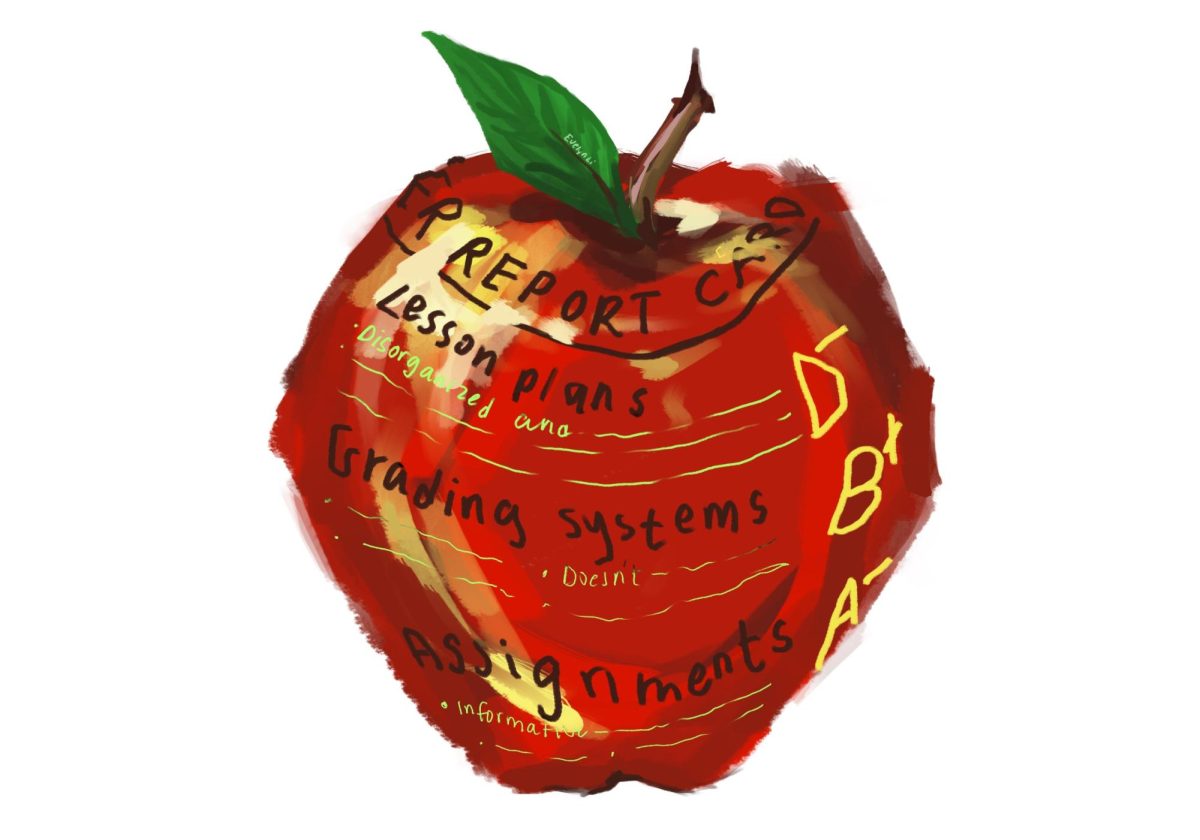A C- on a math test you spent hours studying for might feel devastating. Students frantically calculate the minimum grade needed on their final exam to bump their letter grade and cram hours upon hours of review the night before tests. But these solutions are only temporary if there is a deeper problem to be tackled within the classroom.
One C- might be telling of an individual student’s performance, but what about a class average nearing that grade? Is it that all 29 students missed the mark, or could the common denominator be the level of instruction they’re receiving?
Every teacher has a different style and attitude toward teaching that can resonate with some students while not with others. For example, some students might benefit tremendously from a particularly interactive and hands-on class, while others might prefer a planned-out lecture in which to take individual notes.
An unfortunate consequence of these unique instructional styles could be that certain students do not respond well to the classroom environment they’re placed in. While testing their comfort zone is not necessarily a bad thing, it may be time to reevaluate the issue from a more comprehensive perspective when a broad descriptor like class average falls precipitously close to a failing grade.
Although we might believe ourselves receptive to feedback, the truth is that appreciating constructive criticism is often hard without an incentive to do so. For students, the ability to improve is reflected in their grades. For teachers, however, the motivation is less patently reflected. A similarly tangible result like a grading system for teaching methods has the potential to increase communication between students and instructors, making the learning environment more adaptive.
Currently, this lack of incentive means that not everyone regularly takes in student feedback in preparation for class. Similar to a Rate My Professor system that many colleges utilize, students should be able to leave feedback on a particular teacher or course in a way that is both constructive and encouraging.
By implementing a quarterly feedback system, students can express what has and has not been going well for them. Furthermore, teachers can not only learn how students are doing, but can also take certain comments into account for future planning purposes.
Moreover, students can also leave encouraging and positive feedback. Oftentimes, student appreciation is not conveyed to the teachers themselves either because of a lack of communication or opportunity to do so. A mandatory feedback system like this would compel the students to reflect thoughtfully on the past quarter, providing valuable insight as well as voicing their gratitude for teaching methods that they found helpful.
Instead of taking a prejudicial stance against the idea of a teacher report card, we can reexamine the hierarchy in schools by keeping an open mind. A strictly top-down structure with inadequate cooperation can inhibit a more effective and pleasant learning environment. By establishing a connection between students and teachers, we can make student voices heard and create an institution for the students, by the students.



Trish Chang • Mar 27, 2025 at 5:39 pm
I really like this 👍
CARSON Benzinger • Feb 19, 2025 at 1:55 pm
it was really good